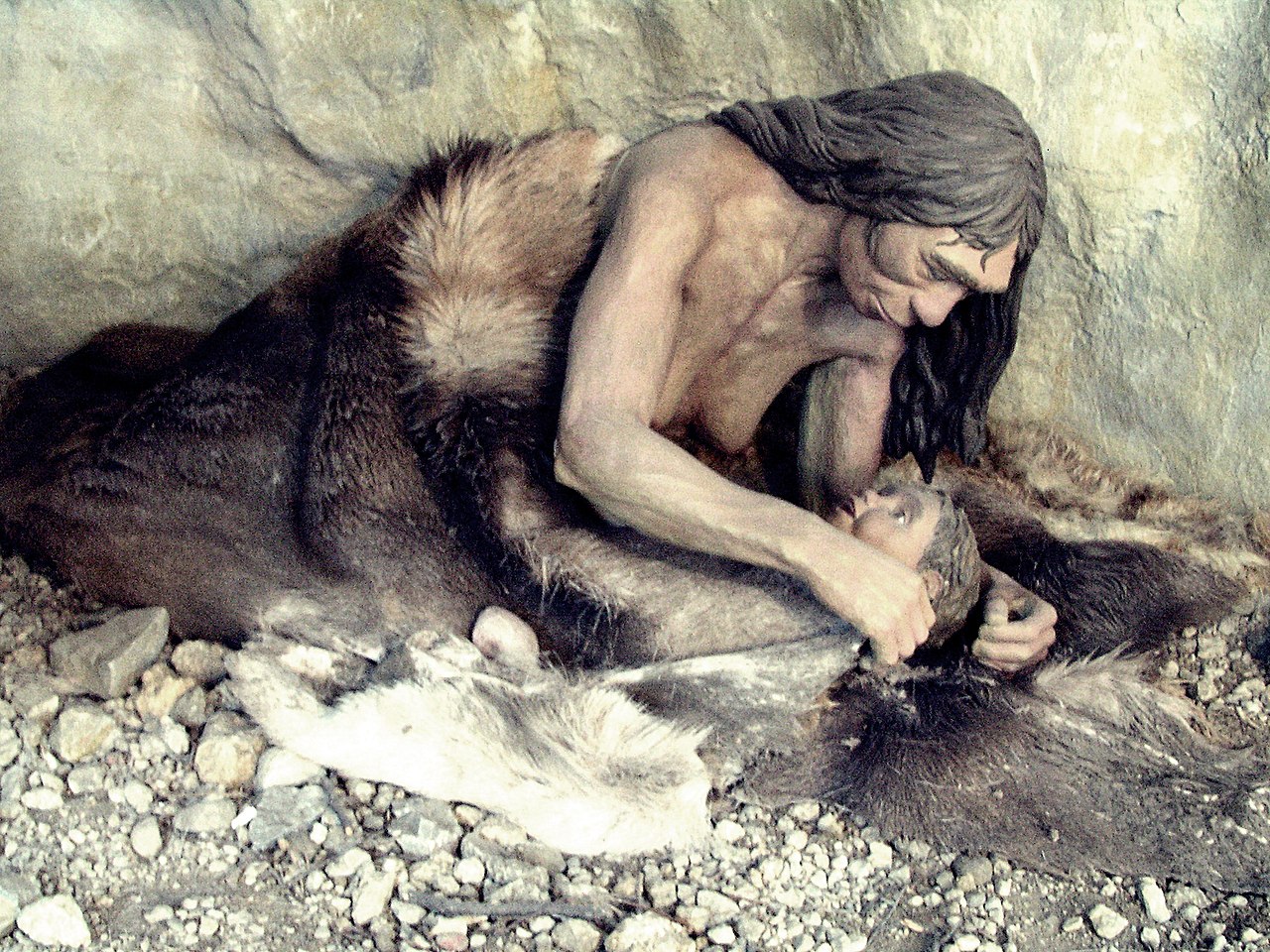
Oldest human DNA revealed family network that spanned Europe
On Dec. 12, 2024, a study led by scientists from the Max Planck Institute for Evolutionary Anthropology in Leipzig with collaborators from the University of Reading and University of Bristol, reported that DNA from bone remains found in Ranis, Germany, revealed some of the individuals were close relatives – including a mother and daughter – while others were more distant cousins. The DNA from a woman’s skull found at Zlatý kůň, Czechia, turned out to be part of the same extended family.
Despite being among the first modern humans in Europe, this family group did not leave any descendants who are alive today. They were part of a pioneer population that eventually died out, making them a ‘lost branch’ of the human family tree.
These early Europeans numbered just a few hundred and had dark skin, dark hair, and brown eyes, reflecting their arrival from Africa. One of the most significant findings was that these modern humans and Neanderthals mixed and had children together between 45,000 and 49,000 years ago, but there was no evidence for more recent interbreeding as is the case in other European modern human groups.
Tags:
Source: University of Bristol
Credit:
